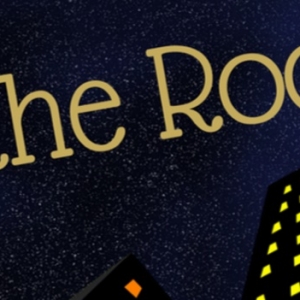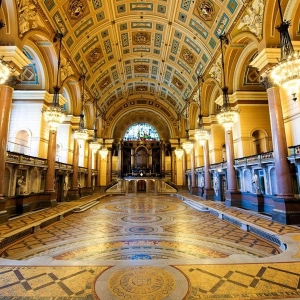![ICCC logo]()
The ICCC was founded in 1994 by the late Dr. Albert Bush-Brown, architectural historian, and Professor Dianne Davis to stimulate and showcase innovative concepts that address global longevity challenges and opportunities. Through educational programs, conferences, technical support and international student architectural competitions, ICCC promotes a “ Society for All Generations.”
Focus Areas
Education and training, urban planning and design, health, information and communication technology, public-private partnerships, tourism, and public administration.
The ICCC is a not-for-profit organization that has Special Consultative Status with the Economic and Social Council (ECOSOC) of the United Nations. ICCC acts as a bridge linking government, civil society organizations, the private sector, universities and the United Nations in their efforts as a catalyst for new solutions that enhance and encourage adaptation and or replication in both developing and developed countries. ICCC is mainstreaming the impact of the new digital era on the 21st century growing “Agequake.”
Since its inception, ICCC has been committed to the principle that private enterprises and individuals can help society improve communities and social public activities. This is one of ICCC’s essential goals. ‘Hospitality Design in Healthcare and Senior Communities,’ authored by ICCC’s co-founders, inspired it’s advocating a holistic approach to the “Graying of Society.”
Twenty-three renowned world leaders since 1996 have been presented with ICCC “Caring” Awards for their contributions to society.
International Student Design Competition
Integrated Communities:A Society for All Ages
Competition Background:
The Integrated Communities: A Society for all Ages student design competition was established in 1994 to enhance understanding of the Age of Longevity and showcase innovative design solutions. This program is the centerpiece of the International Council for Caring Communities’ (ICCC) global dialogues; it endeavors to prepare the next generation of designers to enhance the quality of life for the growing graying society. The competition is organized in conjunction with the United Nations Programme for Human Settlements (UN-HABITAT) and the United Nations Programme on Ageing, Department of Economic and Social Affairs (DESA) and the private sector. Furthermore, it is endorsed around the world by the Association of Collegiate Schools of Architecture.
A Sleeping Giant is being awakened, “The Agequake” is here! Every month around the world over 1 million people turn 60 years old, with the fastest growth in developing countries.
ICCC’s mission is to help communities worldwide address the social, economic and cultural impact of aging populations in the design and planning for a better quality of life for all ages.
To address this issue, the ICCC has organized since 1995 a series of competitions, with exhibitions in Chile for the Americas; Hungary for Central and Eastern Europe; Spain for the 2nd World Assembly on Ageing; China and Thailand for the Economic and Social Commission for Asia and the Pacific (ESCAP); Ireland and Japan, and at United Nations Headquarters in New York in conjunction with the United Nations Commission for Social Development.
Overall Purpose:
Competition’s interrelated long-term goals are:
1. To raise the awareness of architectural and design students to the needs of older persons;
2. To increase cross-cultural understanding;
3. To incorporate the growing role of ICT in communities;
4. To encourage a close connection between proposed solutions and the real world.
Past competitions have influenced local planning, educational curricula, encouraged dialogue and established new mindsets; they all deal with inclusive communities, created through a combination of new construction, renovation, reuse and environmental intervention. Through its efforts, this student competition seeks to encourage concepts and projects, which can address the needs and aspirations of multi-generational communities.
The Competition invites architecture students around the world to apply their creative talents in developing solutions, which integrate older persons into the fabric of the community and fully include them in all social, cultural, and productive activities.
Competition Program
While some of the needs of older persons are universal, other needs vary by culture, region and community. The program is aimed at answering the following questions:
• Is it possible to design successful, diversified and multi-generational communities for older adults within either rural, suburban or urban contexts, including aspects of information and communication technology (ICT)?
• How are older adults fully integrated, connected to and fully engaged in their communities?
“The student designs succeed on several levels: their thoughtful research and responsiveness to the needs of older persons; the balance of creativity and practicality and ultimately, their youthful optimism which will benefit us all. The fast approaching ‘Agequake’ makes it vital that this phenomenon of aging be studied and approached by students in a pro-active manner.”
Professor Dianne Davis, Founding President, ICCC
http://international-iccc.org/




 John Kiehl is a co-owner of Soundtrack Recording Studios in New York City, which he co-founded with his partner, Robert Cavicchio, in 1978.
John Kiehl is a co-owner of Soundtrack Recording Studios in New York City, which he co-founded with his partner, Robert Cavicchio, in 1978.
